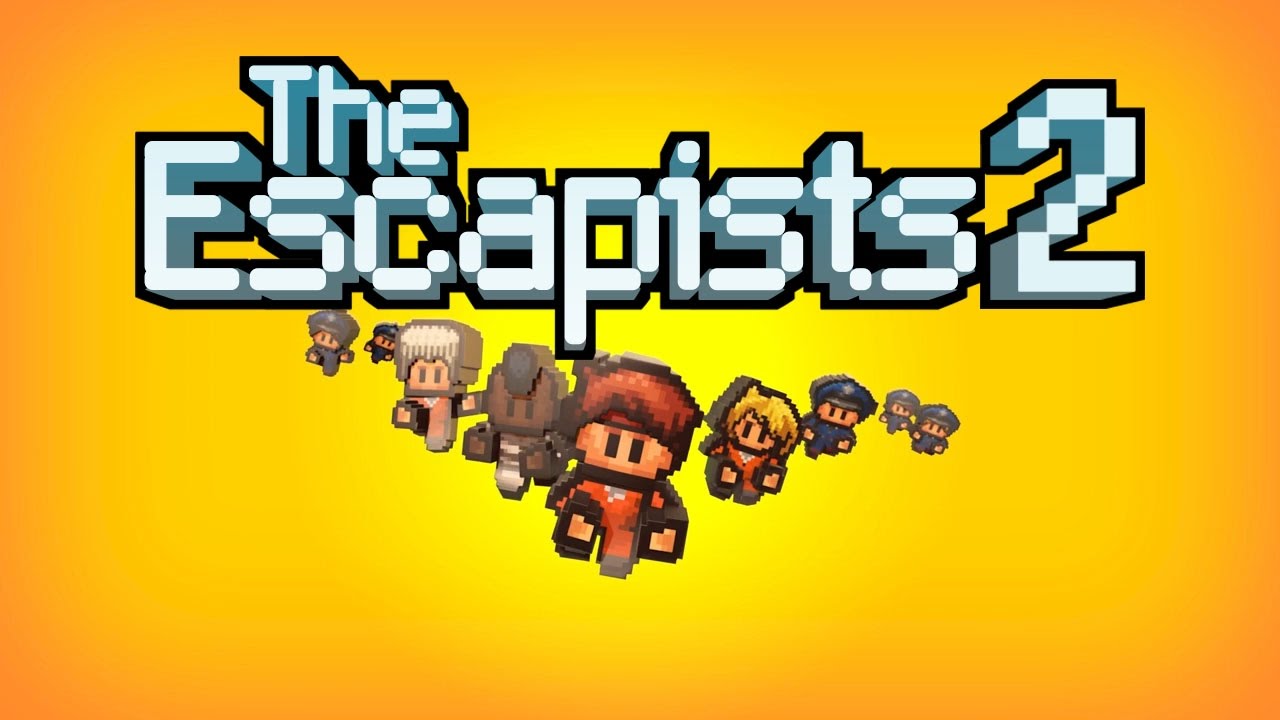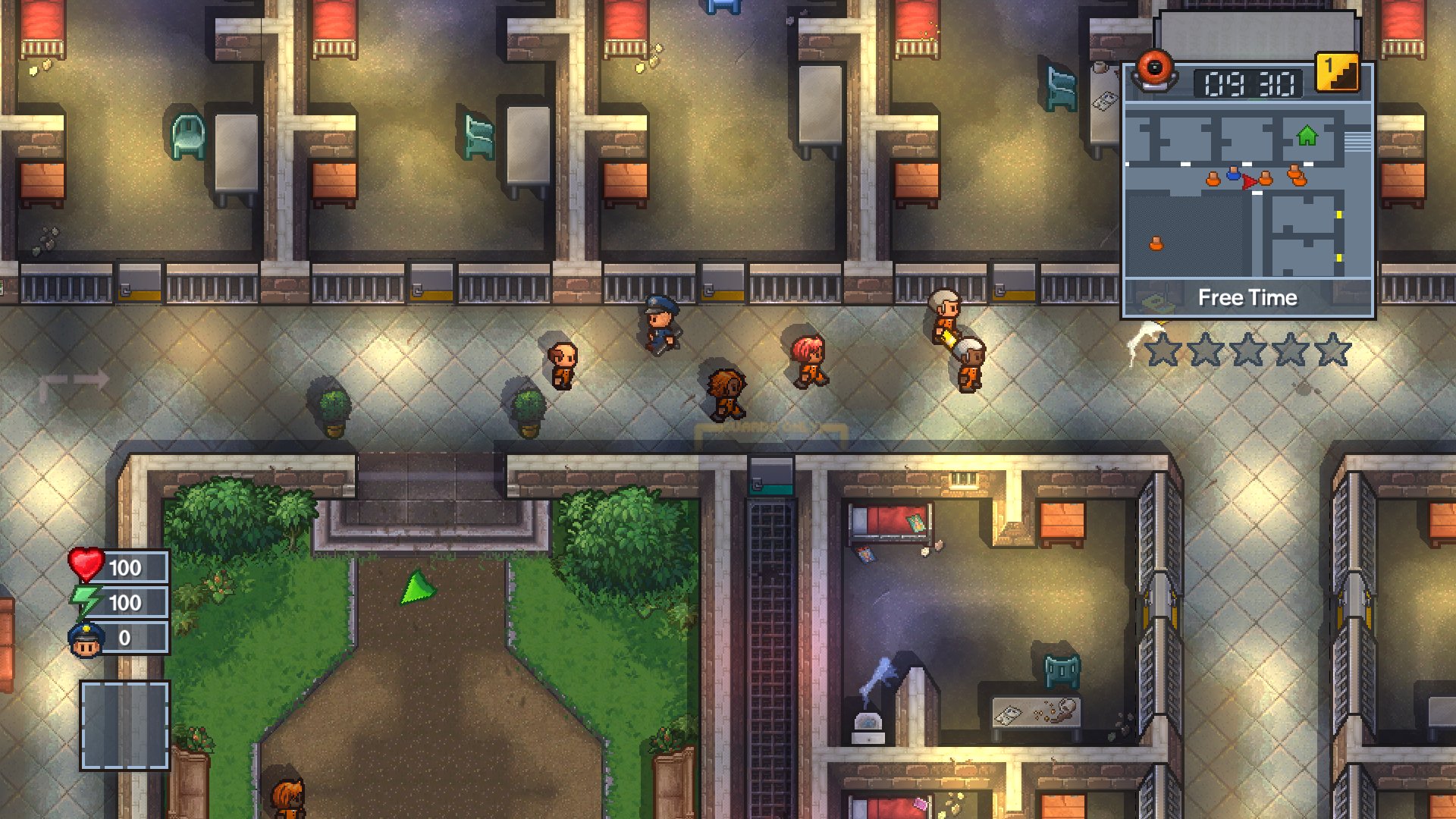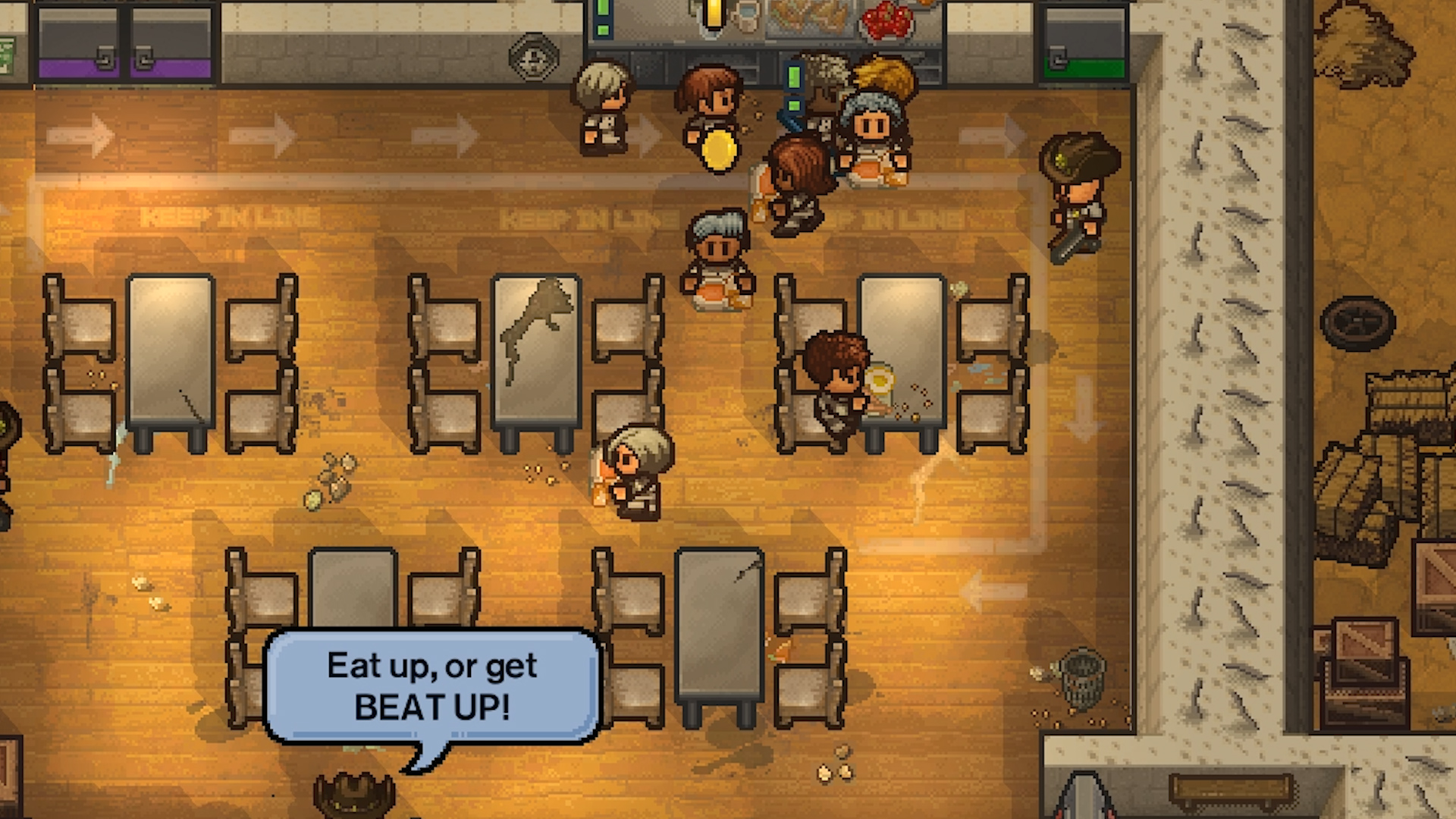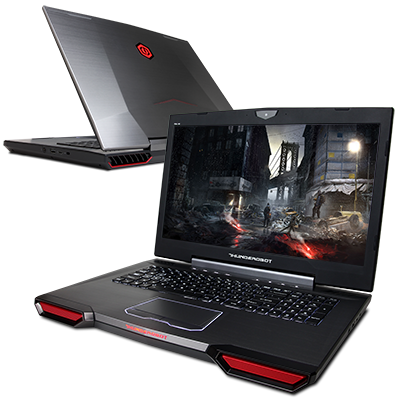
Escape From Tarkov
Battlestate Games
First person shooter games have arguably been the most popular genre of video games in the entire history of the gaming industry. Back in the early 90’s when fighting games were all the rage, first person shooters such as Wolfenstein 3D, and later Doom and Quake, began to emerge. Actually they didn’t just emerge, they pretty much stole the limelight away from the fighting game genre (which still hasn’t evolved for some odd reason). Doom in particular is a game that developed many rabid fanboys (including yours truly), and I have many fond memories of playing sessions of that game long into the wee hours of the morning.
Survival games were more on the fringes of that limelight, mainly of the survival horror type. However, with the advent of Steam’s indie-friendly Greenlight campaign, which makes it easier than ever for indie gaming developers to get their titles noticed, we’ve seen an explosion of the survival genre. And this is totally understandable. There’s just something so primal about beginning a game with nothing, having to outwit your enemies (either AI or other real human players), survive against the hostile elements which usually involves some cantankerous wildlife, and scavenge for resources.

Survival games, for the most part, are played from a first person shooter perspective. But Russian gaming developer Battlestate Games has gone even further with their new title, Escape From Tarkov. What makes Escape From Tarkov such a genre-defining experience is that while it is indeed a first person shooter with survival elements, it’s also being billed as a “hardcore story-driven MMO.” That’s right, as opposed to just blindly running around and killing everything that moves, Escape From Tarkov has a fully-fledged backstory that sets it apart from the herd.
When we’re talking story-driven, we’re talking serious RPG elements at play, such as in-depth inventory management, to monitoring your digital avatar’s blood pressure, toxication, stamina, tremor levels, and so forth. This definitely isn’t Quake.
In Escape From Tarkov you can choose to play as one of two main factions. These two ideologically opposed Private Military Corporations (PMC’s) are Russia-based BEAR, and the UN-backed USEC (short for United Security). In an interesting twist (probably because it’s a Russian-created game), the westerners are the bad guys here, as many of their motives are suspect and BEAR is sent in to uncover their dastardly plans. You can also play as a third, more minor faction called Scavs, which is short for “scavengers.” These shifty mercenaries are very loot-greedy and serve as antagonists to the two main factions—basically they’re there to throw monkey wrenches into things from time to time to keep everyone on their toes.

Anyhoo, the game is based in the fictional, war-torn city of Tarkov, deep within Russia. After picking a side, you can ally with some friends (or go it alone) and undertake various narrative-driven raids on the game world’s many facilities. These include power plants, sprawling warehouse complexes, and the like. As players delve deeper into the game, they’ll begin to uncover clues that better explain the story driving the primary conflicts in Tarkov.
Another interesting feature that sets Escape From Tarkov from other games is that you can lose everything that you take out on missions. That’s right—literally everything. On my first few play-throughs I put this to the test and experimented with several loadouts. Playing as a USEC mercenary at first, I opted to take merely a high capacity pistol, some basic meds, and a chest rig and backpack out with me, as a friend and I planned to cover one another. We jumped into the Factory map, which is the most closed-in of the three available maps (many more are planned), since I thought that I’d be able to cut angles within the CQC environment more easily than enemies with rifles. I must have taken about 8 or 9 steps when I heard a “pew!” sound and my character suddenly hit the ground, dead from a single headshot.

So then I got the bright idea to pack a little more firepower and try the Customs map, which features a sprawling collection of warehouse, offices, towers, and some scattered woodlands. That time I lasted much longer, and really noticed how sound plays such an important role in Escape From Tarkov. Sometimes we’d hear something either off in the distance or close-by that made us stop in our tracks and listen. Therefore, extremely tactical gameplay will reward those who are not only patient, but perceptive and aware of their surroundings. In any event, although I did make it farther, I still got shot at some point and lost a pretty good assault rifle and some body armor.
Playing as a Scav was up next. We chose the Customs map again and quickly located each other on the map. Since there are no shiny HUD indicators that show you exactly where your buddies are, you are forced to locate each other through other means. Ours was merely talking to each other through Discord (a voice chat program) and mention what our surroundings were. When you play as a Scav you begin each round with random equipment which is usually inferior to your USEC and BEAR counterparts. In our case, I carried a pistol with a couple of magazines while my friend got lucky and started with a shotgun.
Scav-ing (I wonder if that will be a term that catches on) is pretty intense, as pretty much everybody is your enemy—including other Scavs. So in this loot-happy environment, we essentially became bushwhacking banditos, well the Russian version of banditos, whatever that is. We actually did pretty well as Scavs and even reached the map’s escape point a couple of times after acquiring some decent loot.

What’s really cool about Escape From Tarkov is that in-between rounds you can access your mercenary’s main locker, which other players can’t touch. This creates some real inner-turmoil (at least for me) as I had to decide what gear and weapons I was going to take out on my forays, and what I was going to leave behind within the safety of my locker.
There’s also a full-on experience system at play in Escape From Tarkov. The more you use certain skills, the more you can gain experience with them (there are nearly 100 skills at this point in time). So, the more you use a particular assault rifle for instance, the more skilled you’ll become with it as a consequence.
Escape From Tarkov’s graphics are simply stunning. I’m still wondering how such a small indie developer could imbue this game with such lush visuals. Not only are the character and weapon models great, but the environments really have that war-torn look to them. Battlestate must have spent a lot of time looking at actual photographs of conflict zones because this game has some the most realistic I’ve ever seen.

In all, Escape From Tarkov is a no-brainer for any fan of tactical shooters, as well as those who like highly-dynamic and story-driven action games. The RPG and experience systems are also great to have on hand and just serve to make the whole experience even that much more immersive. I can’t wait to see what the developers have planned for the next phase (beta) of Escape From Tarkov, and plan to spend quite a bit of time playing it with my gaming friends.
SCORE: 91%
Escape From Tarkov offers some stunning visuals that suit its war-torn theme. However, you have to have a fast gaming PC or gaming laptop in order to play it at a decent framerate. So, you may just want to invest in a decent gaming rig:
